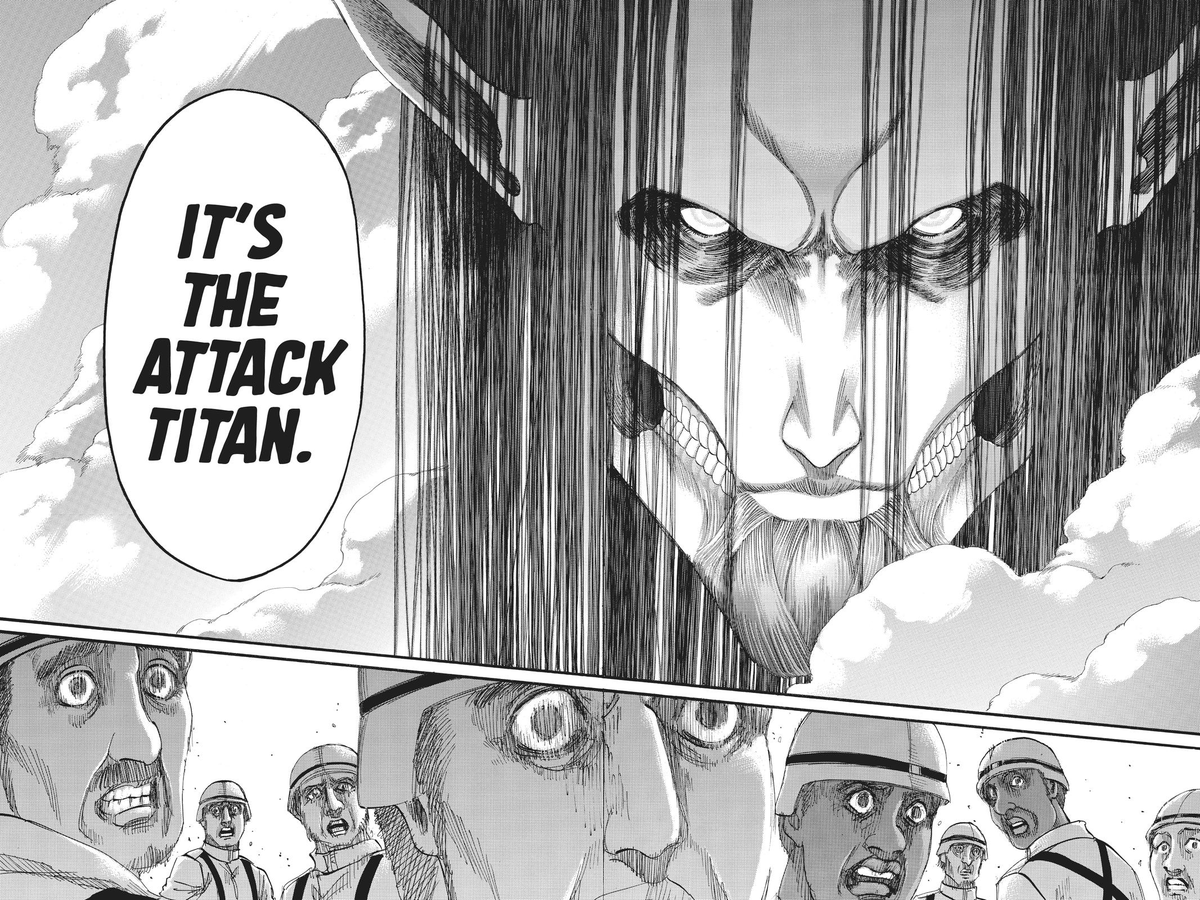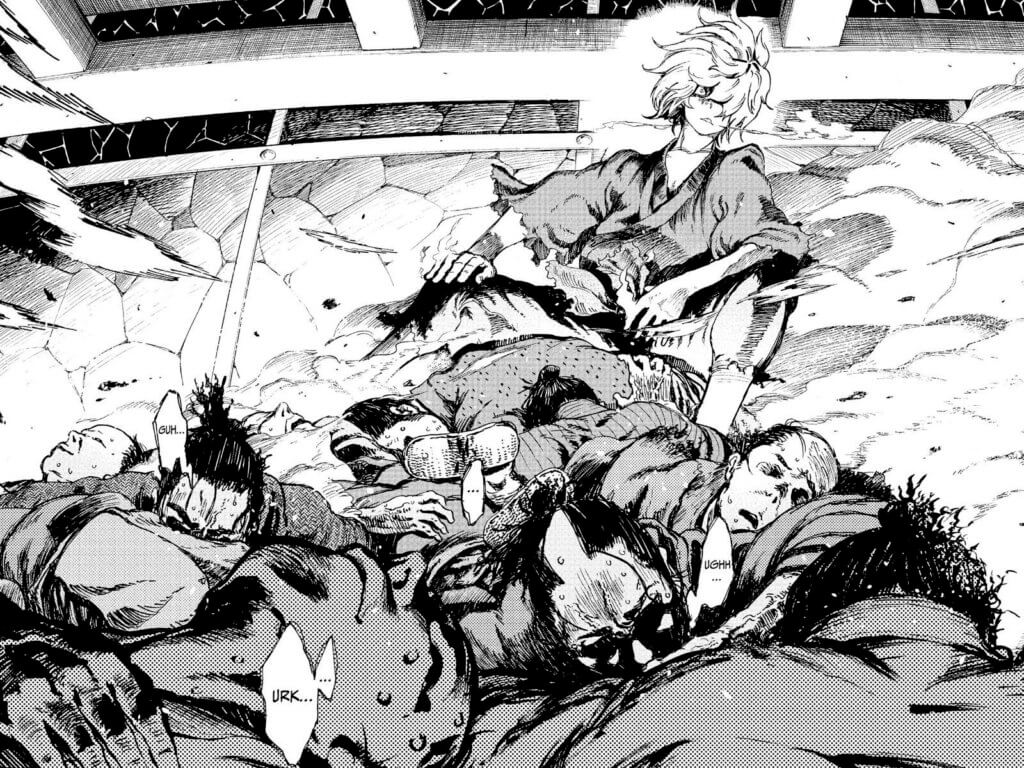Manga is like a story told through drawings. Manga is similar to comics but in black and white with more detailed storylines, multiple volumes, and genres to speak of.
There is a plethora of different genres in which Mangas are published from shounen to shoujo and seinen to josei you can find everything for everyone.
These interesting Mangas have been adapted into several Anime and live-action movies in Japan. Its attractive art style has also inspired rookie artists and beginners to draw and write their own Manga.

How do I start making Manga?

It generally starts with you crafting a story.
When I say “a story,” I mean something like a short novella or a light novel. “A Manga plot” isn’t that different from other storylines. Think up a scenario, write it down, and you’ve got yourself a story on which to create your Manga.
Different Manga artists have distinct tastes. Professionals begin with a very rough storyboard, then construct a less rough storyboard, then begin with a penciled manuscript, then inking, and final finishing touches.
Unless you are a professional. Always begin with a brainstorm and jot down all of your thoughts. Character designs come next since they are the main focus of Manga.
Draw the characters from several perspectives (front, back, sides, zoom-ins, etc.) since you will be returning to this frequently to double-check if you designed your character correctly.
If you like, you can color them in. Begin with the main protagonists. Side characters can always be added in the future (since they might be cut out at any point).
The script comes next. Check the length of your script with a colleague. Then, proceed to the initial storyboard.
The length of your storyboard should be the same as the length of your preferred Manga. It is a rough sketch of the Manga in which the plot takes priority.
It also determines how you will panel the story and where you will insert the dialogue balloons for that chapter (or one-shot).
Work your way up to the text, but don’t ink it until you’ve shown it to a lot of people; they’ll assist you with small details that should be added to make it attractive.
Can I write my own Manga?
Yes—anyone with a creative mindset and good drawing skills can create a Manga. But what counts the most is that you should find a Japanese publisher for it to be called a Manga or else it will be just like any other Manga-inspired comic.
Making a true Manga takes a lot of work, devotion, and creative talent, but don’t let that deter you from attempting it. You must begin somewhere.
Structure and well-stated goals are essential for developing a solid Manga plot.
Readers can tell when an author is writing by the seat because characters and plot aspects are introduced and then forgotten about, arcs don’t appear to link, and no one’s motive is obvious.
It might be entertaining at first, but as a whole, it’s in shambles.
Therefore take the time to plan out your storyline, or at least the important plot lines you want to cover so that your audience will be able to see the effort you put in.
Give your characters meaningful goals like Naruto wants to be recognized by his community, and Emma wants to keep her foster family safe.
How is a Manga script written?

Before writing a script first make a concise outline for your story. If you prefer pen and paper then use this to help the creative juice flow and come up with the best ideas.
Then jot down these ideas and work up by brainstorming important sequences and coming up with a rough outline to work on.
Take a note card and jot out each story item from your plan. Estimate how many pages of Manga will be required to tell that section of the story.
In the upper right-hand corner, write the number. Arrange the cards on your table in the sequence you want the narrative to unfold.
This is your opportunity to truly “see” the storyline and reorganize the parts for better flow.
Estimate the length of the Manga. Look for a Manga publisher’s instructions on how many pages a Manga should contain.
Follow the publisher’s minimum page numbering rules. If you only have 100 pages to convey the story, it will affect how much you edit it and how much information you can include.
Divide the Manga into three parts: the introduction, the major plot, and the ending.
A 100-page Manga should have 20 pages of introduction, 60 pages of a major storyline, and 20 pages of conclusion.
If you have 23 pages for the introduction, you’ll have to trim three pages or borrow from the main plot’s allowed pages.
You now have your final outline after you’ve achieved the necessary amount of pages for all parts.
How long does it take to write Manga?
A page of comic art takes roughly 8-12 hours if you work every day. Some people are faster than others, but it should not take more than a typical long workday.
It all depends on how passionate your pages get. Many different backgrounds? More work is required. Etc.
Manga has a Weekly or monthly publishing schedule. Of course, there are other schedules too, such as bi-weekly and bi-monthly magazines. But we’ll keep it short to weekly and monthly releases.
Weekly magazines like Weekly Shounen Jump allow for 19 pages to be taken up for a single Manga.
The storyboards of these Mangas take up to 2 to 3 days maximum to complete and for the drawings and illustrations, it could take 3 to 4 days which concludes that a Manga installment for a weekly magazine can take up to a week.
A Manga in a monthly magazine includes typically 45 pages for one Manga. As a result, Manga artists must devote 7 days to storyboarding and 14-20 days to illustrating. Which is a lot of work.
The human body has a limit… so all we can do is adjust the timetable to our own abilities. After all, Manga creators only need to make it before the deadline.
In other words, you can start as early or as late as you like as long as you don’t miss the deadline!
Here are some famous weekly and monthly Manga magazines in Japan.
| Weekly Magazine | Monthly Magazine |
| Weekly Shonen Sunday | Big Comic |
| Weekly Young Magazine | Ciao |
| Weekly Young Jump | Monthly shonen magazine |
| Weekly Shonen Magazine | CoroCoro Magazine |
| Weekly Shounen Jump | Big Comic Original |
Conclusion
- The secret to creating Manga is to draw. And draw and draw again! you can improve your Manga drawing skills to create stories that all will love.
- Every artist has their own process, and different artists have different processes. All of them, though, have one thing in common: the storyboard. Strangely, this is often an afterthought to creating Manga in many instances. It shouldn’t be, though.
- The storyboard (or plan for your Manga) should be the foundation for everything else that you do. That said, even the best-planned Manga can sometimes go awry. So don’t be afraid to scrap your story and try again in such an instance.
- The key to creating a good Manga isn’t just familiarity with art and drawing. You also need an understanding of the genres and you need to create compelling stories that people will want to read. Of course, tools and software can help streamline the process in some way, but at the end of the day, the story is what will draw readers in, so always remember that.
Related Articles
- Read More: What Can You Learn From Reading Manga?
- Is There An English Version Of Manga? (Discover)
- What’s So Good About Manga? (Find Out)
Click here to view the visual Story version of this article.